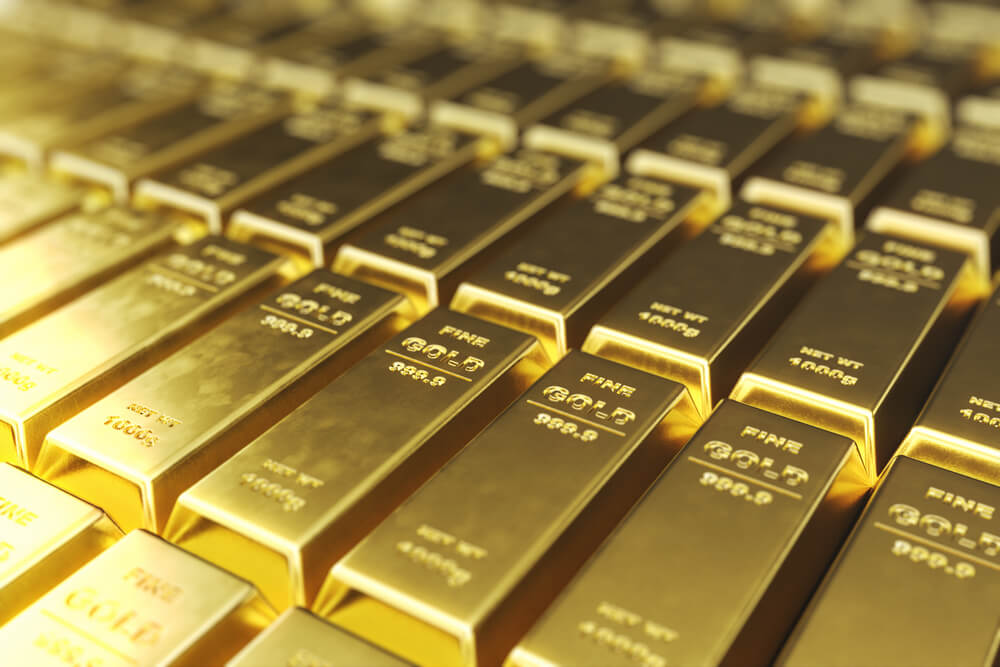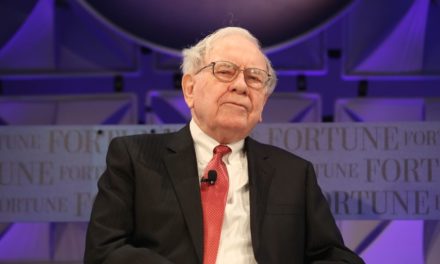Gold slid over 1% on Tuesday, after breaching the $1,700 ceiling in the previous session, as signs of global policy easing to cushion the economic impact from the virus epidemic eased some of the investors’ concerns.
Spot gold lost 1.3% to $1,656.50 an ounce by 2:11 p.m. EDT. U.S. gold futures fell 1% to $1,658.80.
“People are rebalancing portfolios … we expect to hear more dovish remarks from the global central banks, and some policy easing,” said Michael Matousek, head trader at U.S. Global Investors.
Bullion rose as much as 1.7% on Monday to its highest since December 2012 at $1,702.56 after a rout in global equity markets on prospects of the economic impact of the virus outbreak, and an oil price war triggered a crash in crude prices.
U.S. equities surged 2% at the open as signals of coordinated policy easing to avert a global recession soothed traders.
U.S. President Donald Trump vowed to take “major” steps to bolster the economy, and Japan unveiled a second package of measures worth about $4 billion to cope with fallout from the virus outbreak.
The U.S. central bank, having delivered an emergency rate cut last week, is expected to cut rates again at its next meeting on March 18.
The European Central Bank is under pressure to help bolster economic growth. It meets on Thursday.
U.S. Treasury yields rose from all-time lows, and the dollar also rebounded after major losses.
However, the specter of the coronavirus remained in the background with over 114,300 people infected globally.
“It could be that Tuesday’s rebounds in the equities markets could be the so-called ‘dead-cat bounce’ that occurs after major market sell-offs, only to see prices continue to trend down,” Kitco Metals senior analyst Jim Wyckoff said in a note.
Holdings in the world’s largest gold-backed exchange-traded fund, SPDR Gold Trust, rose to 30.99 million ounces, its highest since October 2016.
In other precious metals, palladium fell 2.6% to $2,295 an ounce, silver declined 0.5% to $16.89 and platinum rose 0.5% to $868.
© Copyright Thomson Reuters 2020.




